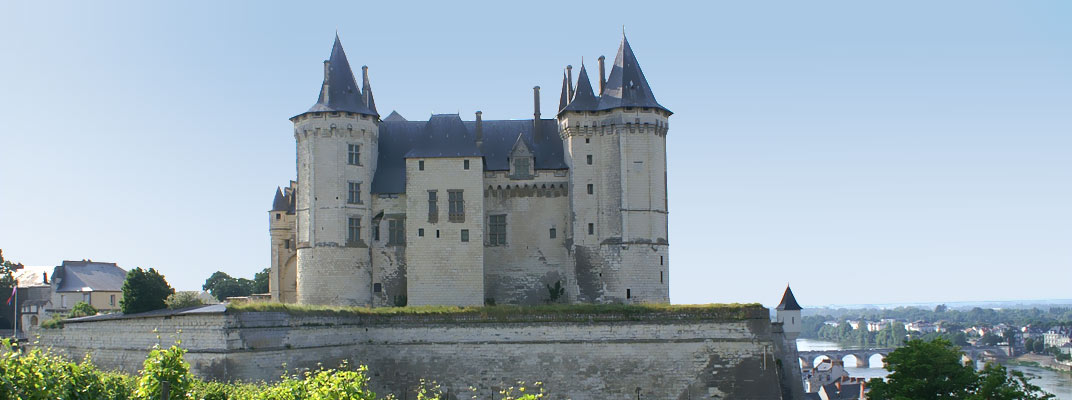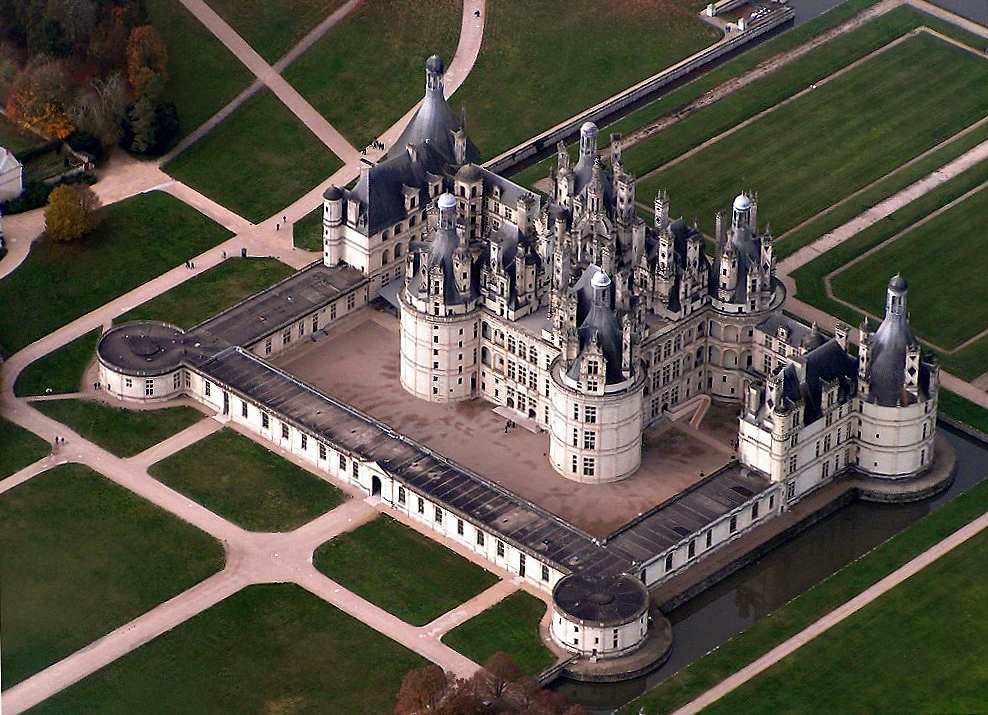Château de Chenonceau is a famous chateau that spans the River Cher.
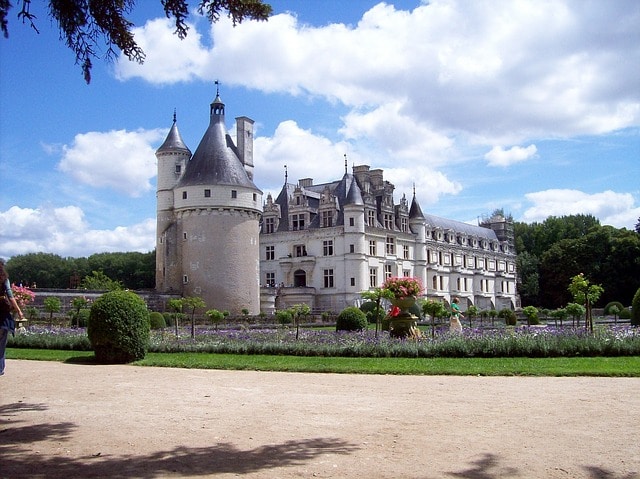 Château de Chenonceau is located closely to the tiny village of Chenonceaux and is the most well-known chateaux in the Loire Valley.
Château de Chenonceau is located closely to the tiny village of Chenonceaux and is the most well-known chateaux in the Loire Valley.
The French Ministry of Culture established the chateau as a Monument Historique in 1840. The chateau is open to the public and is one of the most popular ones in France, probably being second only to the Royal Palace of Versailles. With an estimated number of 800,000 visitors a year, the chateau is one of France’s major tourist attractions.
The chateau has a long and rich history. Ownership over the chateau has passed through several hands throughout her lifetime. In addition to several owners, the chateau’s current form was a result of several architects who kept adding to and modifying its structure, leading to its current state.
Below is an in-depth discussion on both her owners and the different design stages that the chateau has been through.
In the Beginning
The fiefdom of Chenonceau originally belonged to the family of Marques. The original chateau, belonging to Jean Marques, was burned down as a penalty for sedition. The event made it necessary to rebuild the chateau and its fortified mill. The heir, Pierre Marques, found himself in debt, thus forcing him sell the chateau.
Bohier and the year of anniversary
Pierre sold the chateau to the then chamberlain of King Charles VIII of France in 1513. Bohier demolished most of the castle but kept the keep intact to make way for a new residence. This is why the 500th anniversary of the chateau was celebrated in 2013, and not earlier despite the fact that it has been around as early as the 13th century.
Diane and the Bridge
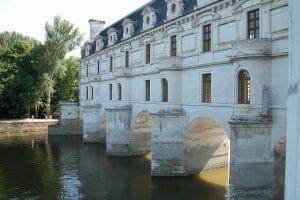 One of the chateau’s most outstanding features is how it is connected to the opposite bank of the river. This was not always the case, though.
One of the chateau’s most outstanding features is how it is connected to the opposite bank of the river. This was not always the case, though.
Poverty once again struck the chateau’s owner. King Francis I of France seized the property due to Bohier’s unpaid debts to the French Crown. After King Francis’ death, his second son King Henry II succeeded him. King Henry II gave the property as a gift to his mistress Diane de Poitiers.
There was a time when the chateau simply laid beside the River Cher. The new owner became fervently attached to her chateau. To increase its splendor or perhaps to make it more majestic, Diane commissioned French architect, writer, and a man famously known as one of the masters of French Renaissancce Philibert de l’Orme to connect the chateau to the opposite bank of the river.
Catherine de Medici
Few who have ever owned Château de Chenonceau is as famous or renowned as Catherine de Medici. Catherine de Medici was the widow of King Henry II. Strong of will, Catherine forced her late husband’s mistress make an exchange. Diane would give Catherine Chenonceau and would receive Château de Chaumont in return.
Catherine’s contributions to Chenonceau are her splendid gardens. Being the Regent of France, Catherine had vast amounts of resources at her disposal. She devoted a great deal of wealth to improve the chateau and spent more on throwing lavish nighttime parties in the estate. In addition to the gardens, Catherine’s patronage brought new rooms between the chateau’s library and chapel.
Catherine had more plans for the chateau that never came to fruition. In the second volume of Jacques Androuet du Cerceau’s Les Plus excellents bastiments de France, an engraving showed that Catherine had ideas to expand the chateau.
As a fun fact, the first fireworks display ever thrown in France was in Chenonceau. The event took place to celebrate and mark the ascension of her son, Francis II, to the throne.
Louise de Lorraine
She was the daughter-in-law of Catherine de Medici and wife of King Henry III. Her biggest contribution to the chateau was changing the curtains black when she received word of her husband’s assassination.
Louise Dupin
Louise Dupin inherited the chateau from her father Claude Dupin, a rich squire who bought the chateau for 130,000 livres. She did not contribute anything to its architecture. However, during her ownership of the chateau, she played hostess to some of the greatest writers of the Enlightenment such as Fortenelle, Rousseau, Condillac, Voltaire, and many more. She is responsible for saving the chateau from destruction during the French Revolution, stating that it was the only means of crossing the river for many miles.
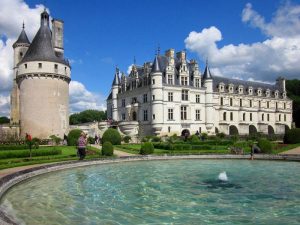 Marguerite Pelouze
Marguerite Pelouze
Margeurite was a rich heiress who acquired the chateau in the 1860s. She commissioned Felix Rouguet to restore the property. He removed some of the additions made by Catherine de Medici such as rooms and statues of Greek gods. Like many of her predecessors, she spent a lot of money throwing lavish parties that ended in her bankruptcy and the seizure of the chateau.
In Modern Times
The chateau fell into the hands of Henri Menier, a member of a family famous for their chocolates. It served as a hospital ward during World War I. It was then bombed during the Second World War by the both the Allies and the Germans on separate occasions.
After the war, the family entrusted Bernard Voisin to restore Château de Chenonceau to its former glory.




